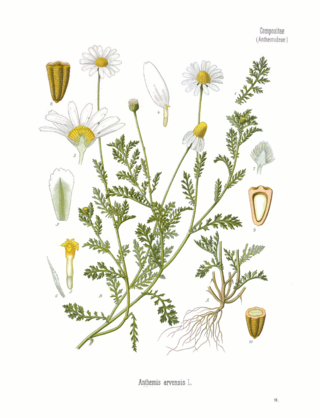
Anthemis arvensis, also known as corn chamomile, mayweed, scentless chamomile, or field chamomile is a species of flowering plant in the genus Anthemis, in the aster family. It is used as an ornamental plant.
Platyhypnum is a genus of mosses in the family Amblystegiaceae.

Neckeraceae is a moss family in the order Hypnales. There are about 200 species native to temperate and tropical regions. Most grow on rocks, or other plants.
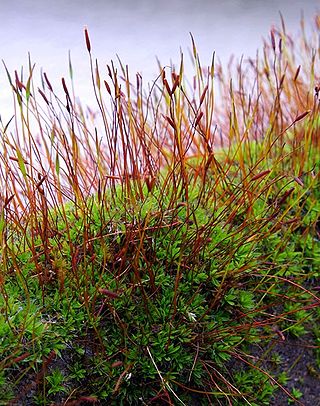
Tortula is a genus of mosses in the family Pottiaceae.

Bucklandiella is a genus of moss in the family Grimmiaceae.
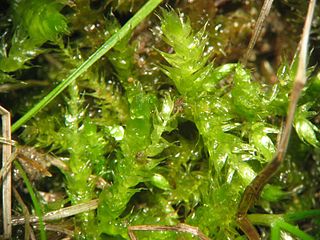
Brachytheciaceae is a family of mosses from the order Hypnales. The family includes over 40 genera and 250 species.

Kindbergia praelonga, known as common feather-moss, is a species of moss belonging to the family Brachytheciaceae. It is a medium to large size moss with pinnate leaves. The species is of interest for having properties that may be beneficial for human health.

Rhynchostegium is a genus of pleurocarpous mosses belonging to the family Brachytheciaceae. The genus has a cosmopolitan distribution across different climatological regions except the polar regions, mostly in tropic to north temperate regions. The genus contains both aquatic and terrestrial species. The genus was named for their rostrate opercula. The type species of this genus is Rhynchostegium confertum (Dicks.) Schimp.

Homalothecium is a genus of mosses belonging to the family Brachytheciaceae.

Bestia is a genus of mosses belonging to the family Lembophyllaceae.
Remyella is a genus of mosses belonging to the family Brachytheciaceae.
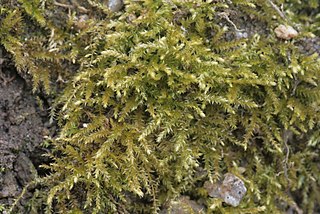
Oxyrrhynchium is a genus of mosses belonging to the family Brachytheciaceae. The genus has a cosmopolitan distribution.
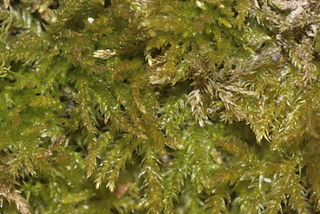
Eurhynchiastrum pulchellum is a species of mosses belonging to the family Brachytheciaceae. It is the sole species of the genus Eurhynchiastrum.

Pylaisia is a genus of mosses belonging to the family Pylaisiaceae.
Herzogiella is a genus of mosses belonging to the family Hypnaceae.

Sciurohypnum, or Sciuro-hypnum, is a genus of mosses belonging to the family Brachytheciaceae.

Coscinodon is a genus of mosses belonging to the family Grimmiaceae.

Andreaea nivalis, commonly known as snow rock-moss, is a species of moss in the Andreaea family found in Alaska, California, Oregon, Washington, Greenland, Spain, Japan, Russia and Poland. It is black and reddish, dioicous, and grows on wet, acidic rocks. It is threatened by droughts and global warming, and is a near-threatened species on the IUCN red list.

Andreaea blyttii, also commonly known as Blytt's rock moss, is a moss belonging to the family Andreaeaceae, commonly known as rock moss, granite moss, or lantern moss because of this family's unique sporangium. It is part of the genus Andreaea which is known for forming dark brownish or reddish-black carpets in high elevations. This species was first described by Wilhelm Philippe Schimper in 1855.

Plagiotheciaceae is a family of mosses from the order Hypnales. It is found almost nearly worldwide, including Antarctica. Located primarily in temperate latitudes and at higher elevations in the tropics.

















